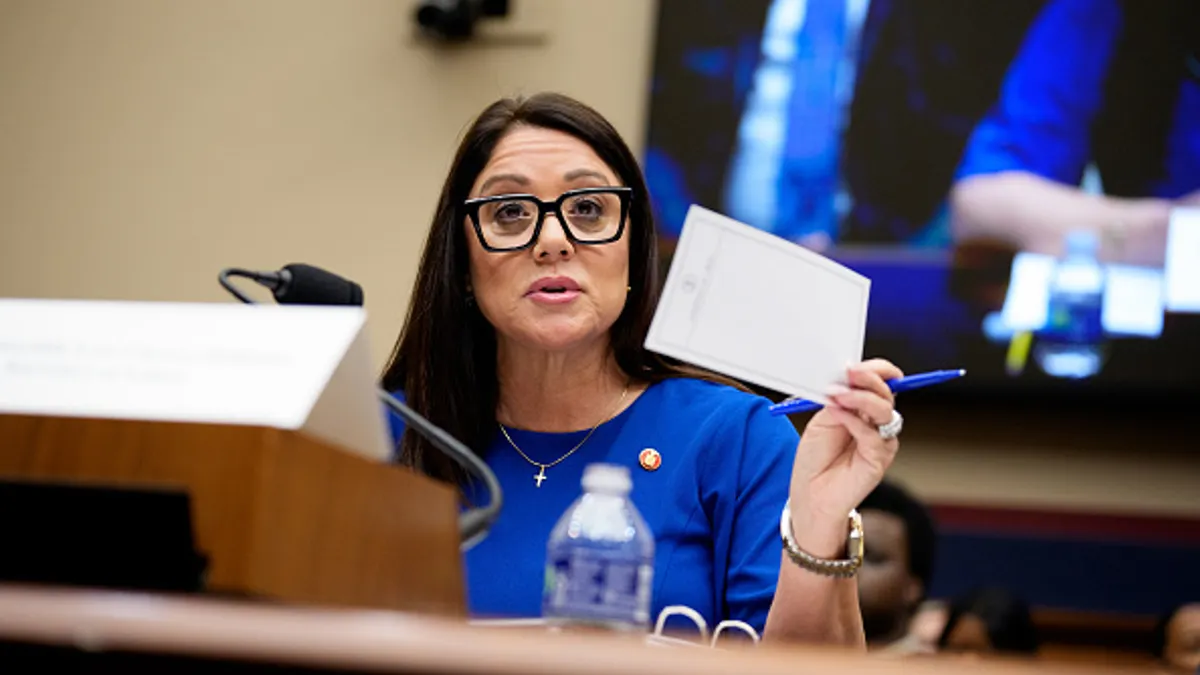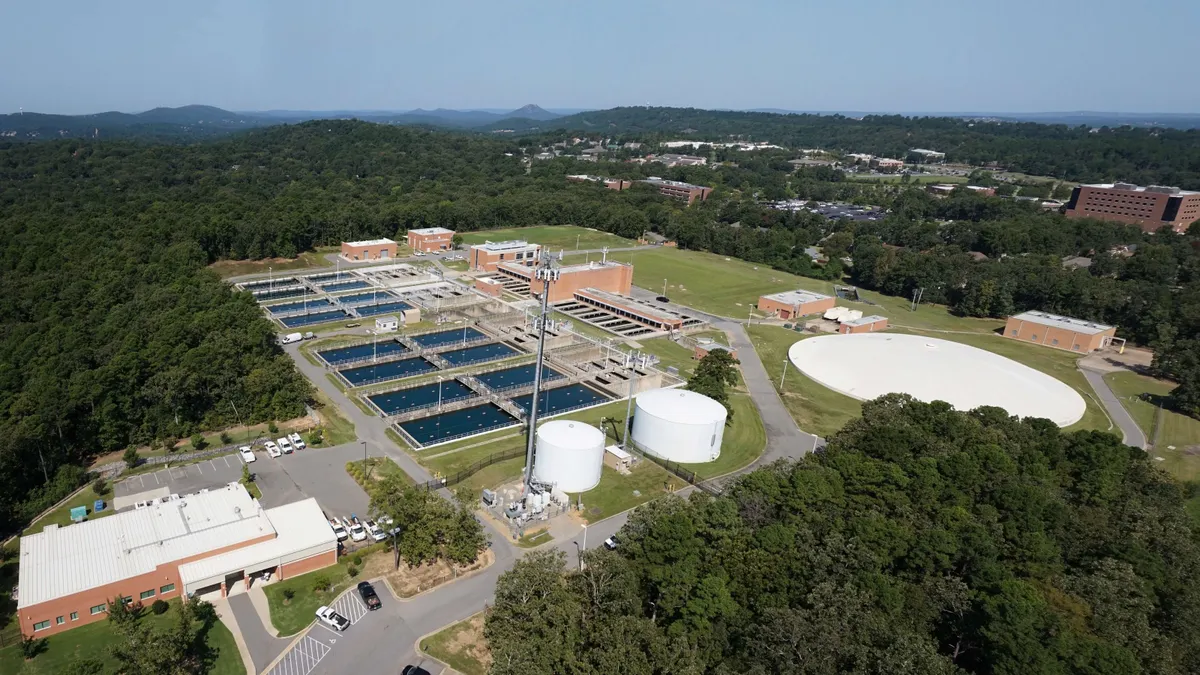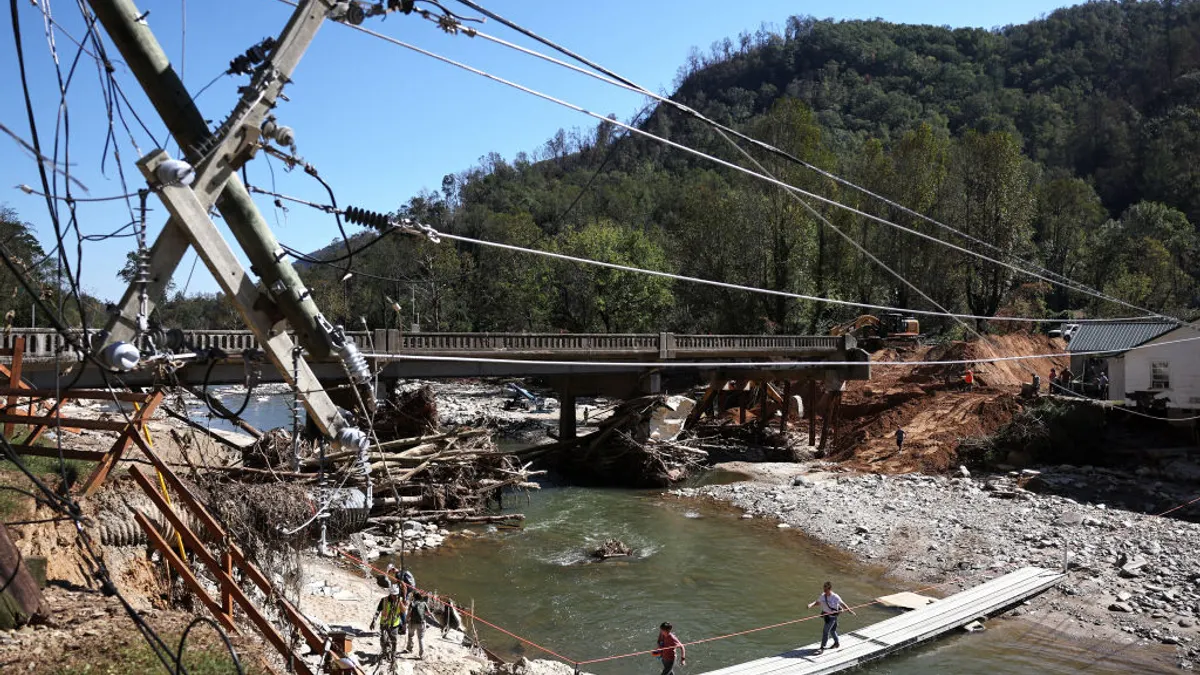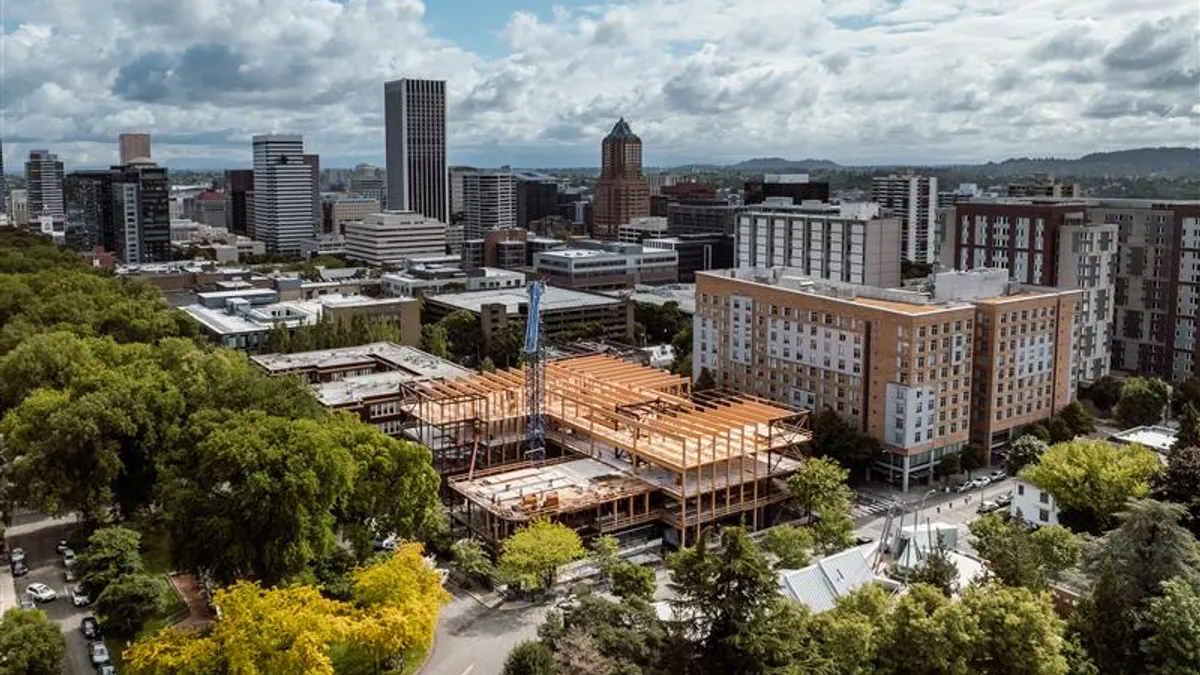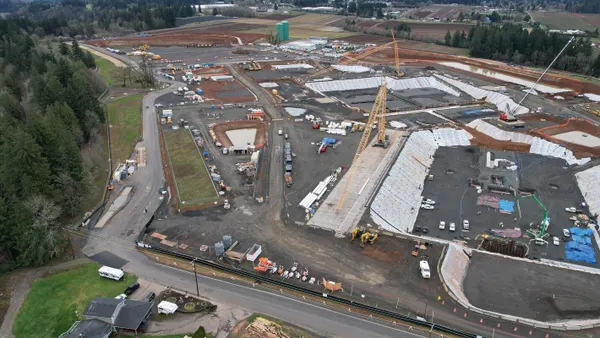As homeowners wait for electric carmaker Tesla to start delivering its much-touted Powerwall, which will store solar energy for the home to use after dark or on cloudy days, a handful of homebuilders already offer the technology to their buyers.
Meritage Homes last month announced it would offer energy-storage technology from SunPower, a competitor of Powerwall distributor Solar City, in 42 solar-powered homes it is building in Hayward, CA.
C.R Herro, the builder’s vice president of energy and sustainability, called the program an extension of the company’s commitment to energy efficiency.
In fact, Meritage’s Hayward community is not the builder’s first experiment with solar-energy storage. In April — on Earth Day — the company announced what it called the country’s first community-wide adoption of homes with energy-storage technology. The roll-out was part of the builder’s Sierra Crest community near Los Angeles, which has been billed as the state’s first net zero-energy community — as most net-zero homes are one-offs — and the first that has paired net-zero homes with energy-storage battery systems.
Why the fuss?
Here’s what has fascinated homebuilders and buyers: Homes with rooftop solar panels produce electricity inconsistently, creating a plentiful supply on sunny days, but little, if any, under the clouds or after dark.
Households can use the solar energy they produce as it is being generated. And if their solar panels generate more sun power than they need during a day, the homeowners can sell the excess energy to their electric utility.
Likewise, if a series of cloudy days shuts down a rooftop’s solar production for a while, the homeowners can buy the power they need from the utility.
Adding a battery that can store energy means a home that doesn’t use all of the solar power it produces on a sunny day can save it for a cloudy one.
Wide appeal
The potential of solar energy storage caught the attention of carmakers like Tesla, Honda and Mercedes-Benz because if excess power can be stored, it can be used to charge electric cars overnight in their owners’ garages.
And it captured the interest of scores of homeowners, homebuilders, utilities and businesses once Tesla made its highly publicized announcement that it would offer a system for individual use — the Powerwall — that it would sell to all of those groups.
In fact, Tesla received so many initial orders for its Powerwall after company President Elon Musk unveiled it in May that it will be filling them through 2016, the company has said. The company’s website says it will begin delivering the first devices this summer.
At what cost?
“The ability to store energy could revolutionize the way we make and use electricity,” an in-depth NPR piece noted earlier this month. But its high price, the writers concluded, puts it “way out of reach” for “regular folks”
SolarCity, whose chairman, Musk — also Tesla’s CEO — recently upgraded its Homebuilder Program, which offers builders a package of rooftop solar arrays and the Tesla Powerwall battery pack, along with the control system it needs to operate and a warranty and a service agreement.
The cost to the ultimate homeowner is $3,000 to $3,500, which translates into about 1% of the price of a new home and can be amortized as part of the mortgage.
SolarCity has said it is working with more than 100 builders in 300 communities across the country, many of them in California.
Buyers of new homes are likely to be a larger customer base for the Powerwall than owners of existing homes, as it’s easier to install and pay for a comprehensive solar energy system as a home is being built.
Still, the U.S. Department of Energy has said that the price of battery storage will have to whittle by half before it is economically viable.
Even one potential manufacturer of the technology has said the cost is too high. “Long term, energy storage is the answer to a lot of issues that need an answer, but the cost has to come down,” American Electric Power’s distribution planning manager told Reuters.
Still, the news service said as many as 20 energy companies, including Siemens AG, ABB and AES Corp., are poised to enter the market. In addition, Reuters reported, General Electric has said it “wants to be a sizable player” in energy storage.
Prices could drop within the next few years, according to a 130-page report by the Australian Renewable Energy Agency earlier this month. The group predicted a 40% to 60% price drop for some battery technologies by 2020, Utility Dive reported.
“The trend of reducing costs for battery technologies such as lithium-ion... suggests that there will be a dramatic shift towards these technologies in the next one to two decades,” the report said.
Not waiting
In the meantime, battery-powered homes are popping up around the country.
Carmaker Honda and the University of California Davis have been operating a smart home with a battery backup for about a year and a half. The battery is part of a home energy management system that can detect when the electricity generated by a 9.5-kilowatt rooftop solar array will be needed to power the house and when the energy it produces is more than the home can use that day. In the latter case, the battery stores the solar energy.
At around the same time that Honda built is home, KB Home began experimenting with SunPower energy-storage systems in some solar-powered homes in California, with an eye toward rolling the technology out to a broader array of homeowners. The homes in the pilot program store solar power generated during the day for use during power outages.
Dan Bridleman, KB Home’s senor vice present of sustainability, technology and strategic sourcing, called the advanced technology “a key differentiator for KB Home” and said its involvement demonstrates the builder’s “forward-thinking approach to new home innovation.”



